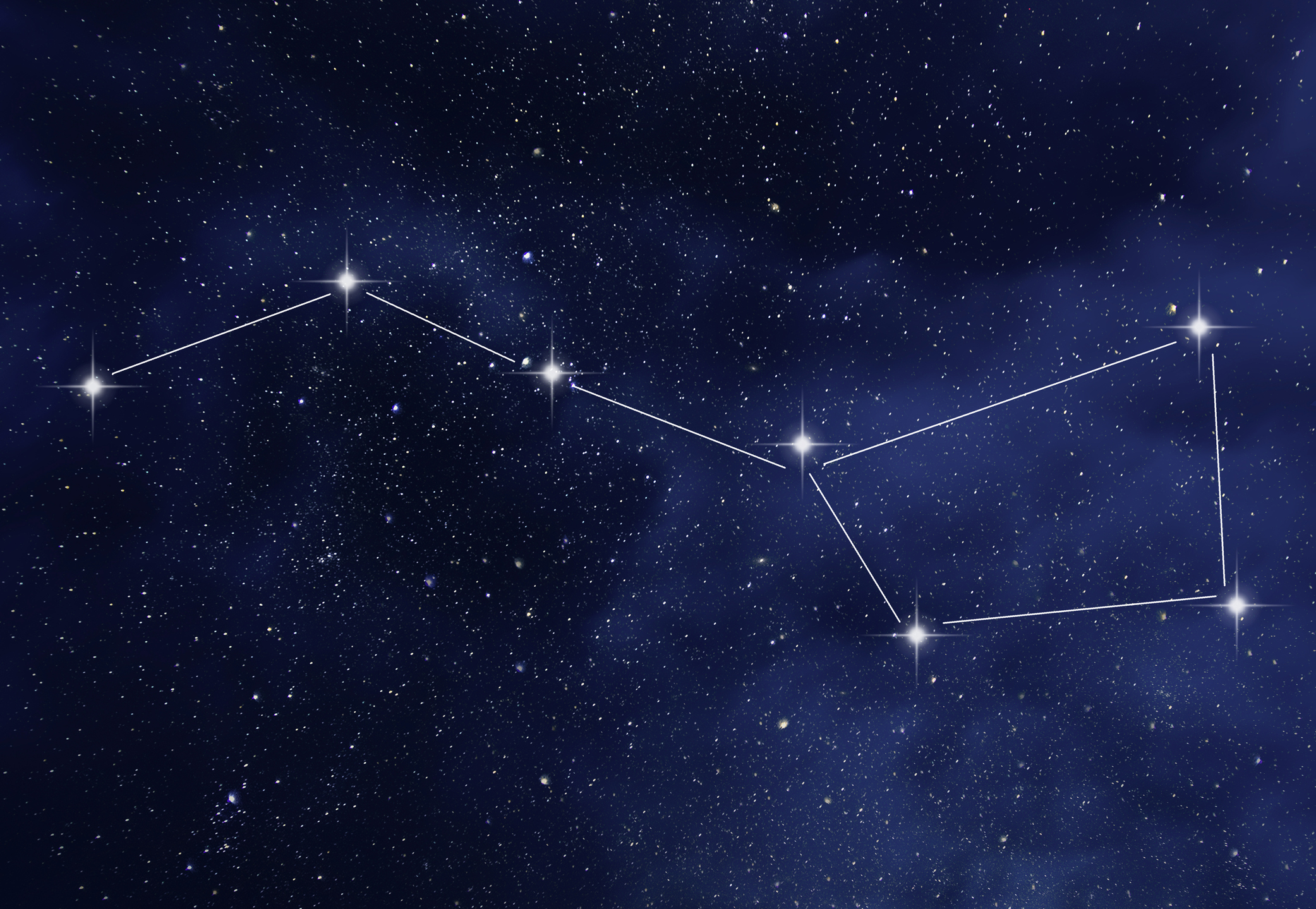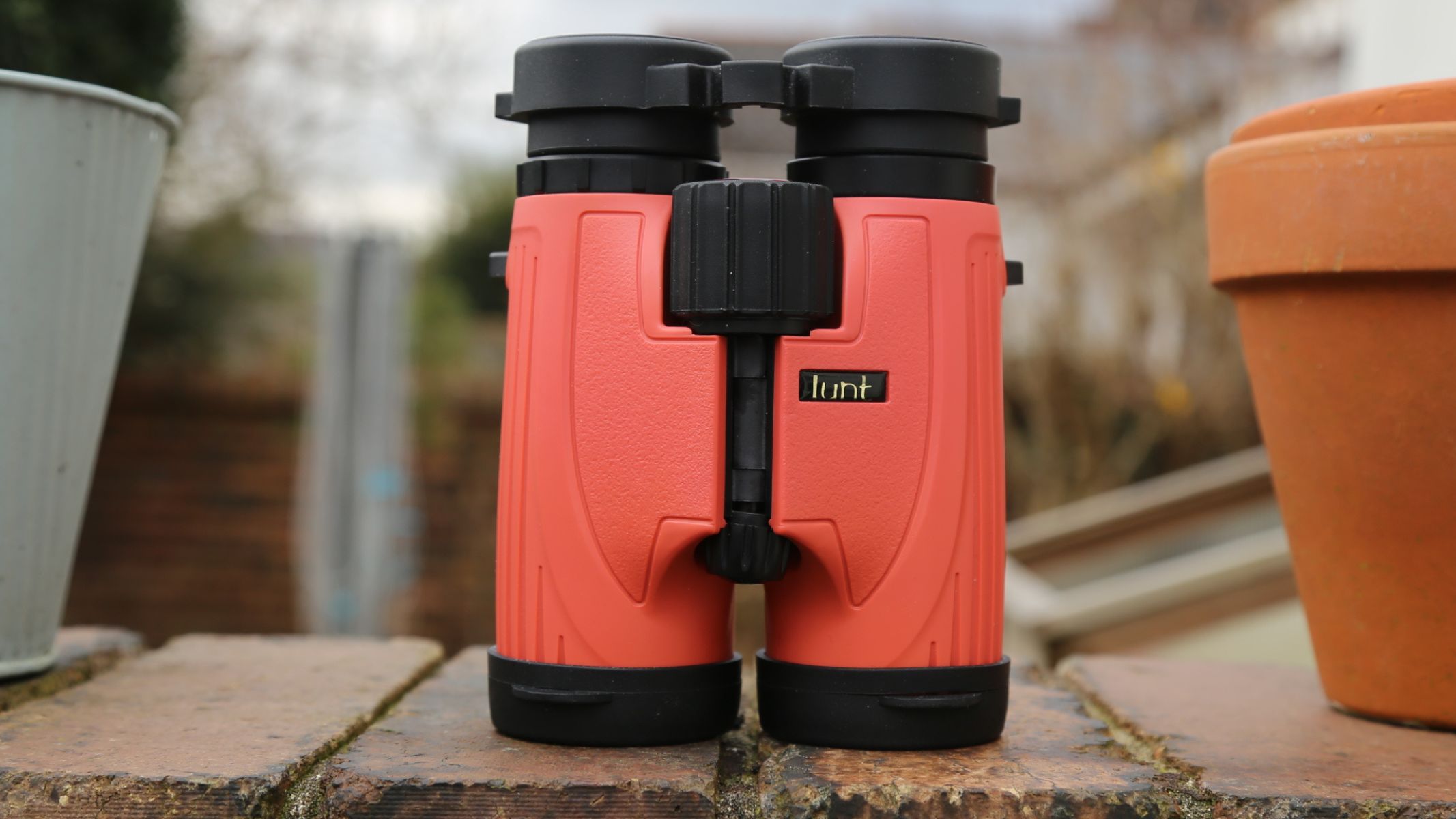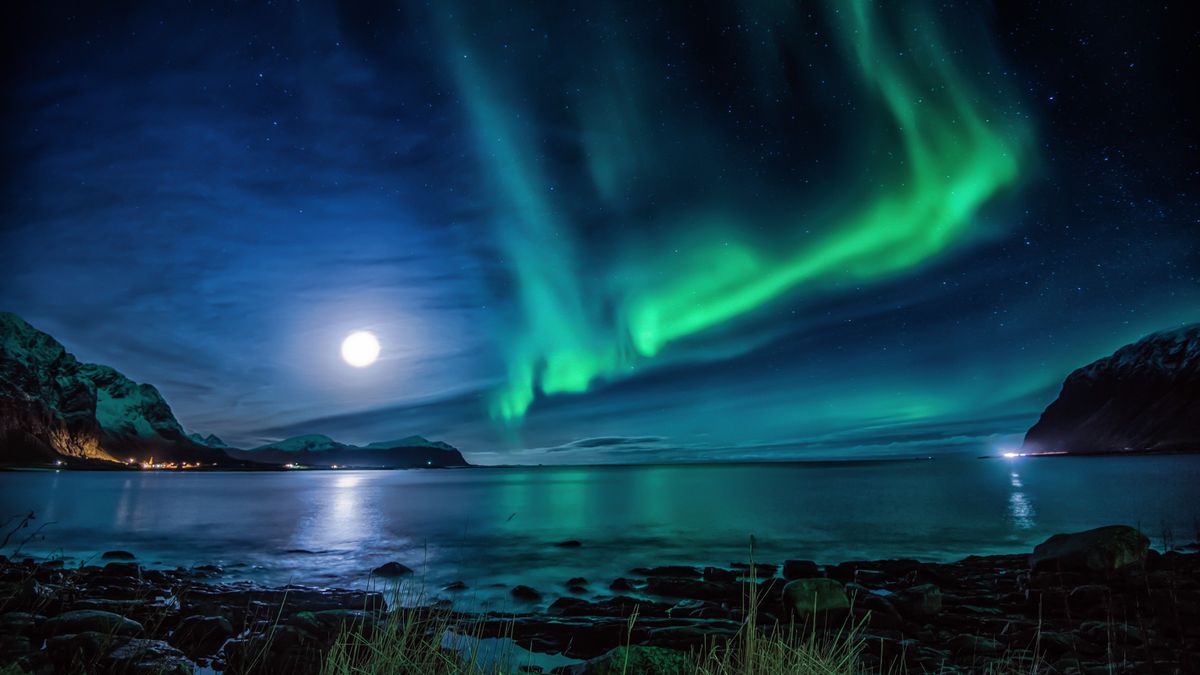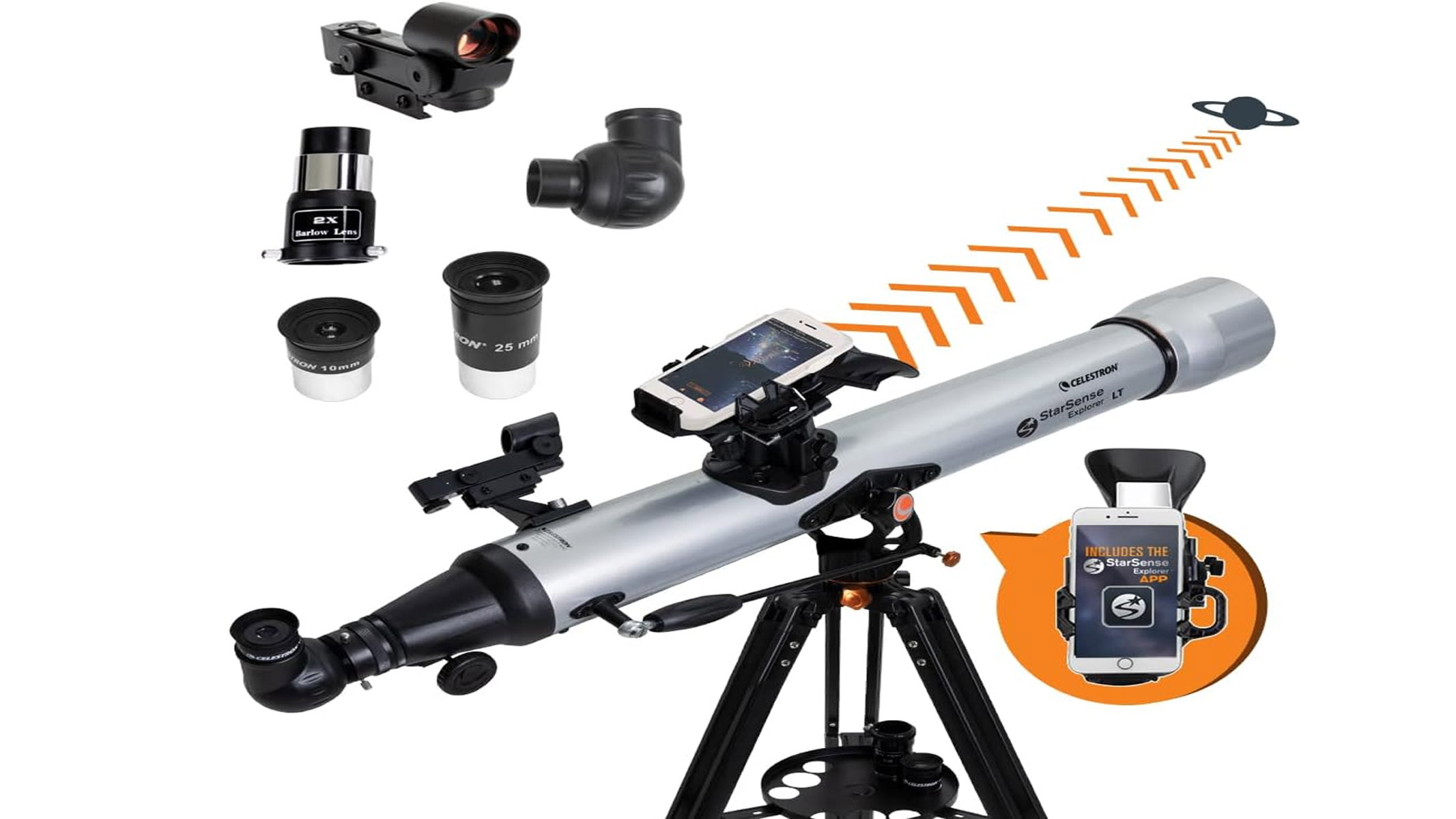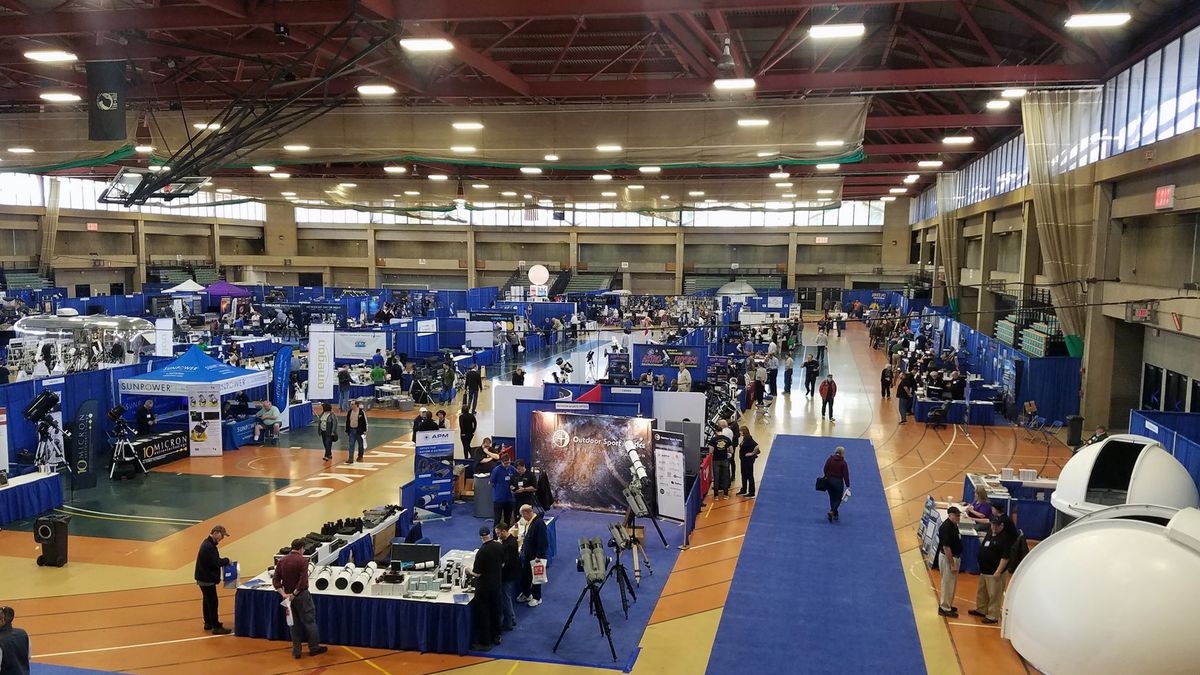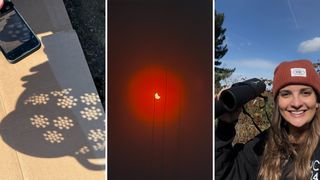April 21 – 28 is International Dark Sky Week, a global celebration of the night sky during which like-minded organizations and people take action to raise awareness of an inevitable aspect of modern-day life: the rising scourge of light pollution. Light pollution is a serious issue for night sky enthusiasts hoping to explore the cosmos from our vantage point on Earth, and is the primary reason why powerful observatories are built in remote locations, such as the Atacama Desert in Chile. Even so, a 2022 study from the Royal Astronomical…
Read MoreTag: Stargazing
Amateur astrophotographer captures a stunning galaxy 24 million light-years from Earth (photo)
Astrophotographer Ron Brecher has captured a stunning deep sky image of the spiral galaxy M106, located 23.5 million light years away in the constellation Canes Venatici. Brecher imaged the distant galaxy for a little over 32 hours on nights spanning from March 27 to April 17, 2025. The finished portrait reveals the swirling arms of M106 focussed around an active, red-hued galactic core – an active star-forming region that is home to a ravenous supermassive black hole. “M106 is classified as a Seyfert galaxy, meaning it has an active nucleus,”…
Read MoreLunt SunOculars 8×32 solar binoculars review
Specifications Optics: Uncoated internal dye filter Design: Roof prism Magnification: 8x Objective lens diameter: 1.3 inches (32 millimeters) Waterproof/fog-proof: Weatherproof Eye relief: 0.54 inch (13.6 mm) Weight: 1.12 pounds (508 grams) Dimensions: 1.5 x 5.5 x 4.3 inches (40 x 140 x 110 mm) Safe observation of solar eclipses requires care. Enter the Lunt SunOculars 8×32. This compact pair of solar binoculars has built-in permanent solar filters that allow you to observe the partial phases of solar eclipses and study sunspots. Although they don’t offer the highest magnification on the…
Read MoreAuroras could spice up April’s Full Pink ‘micromoon’ this weekend
Aurora chasers and night sky enthusiasts get ready – the stars could align for you to have quite the cosmic show this weekend! We already told you that this month’s Full Pink ‘micromoon’ is scheduled to rise on Saturday (April 12), getting to its fullest point at 8:22 p.m. EDT (0022 GMT April 13). If you’re not familiar, unlike the powerful and larger-than-life supermoon that we will get to experience later this year, a micromoon is actually the opposite. This is when the moon will be located the farthest away…
Read MoreSave a massive 30% on the Celestron StarSense Explorer LT 80AZ, a top-tier beginner telescope
If you’re looking to try your hand at astronomy, or you want a small telescope with a quality build to view upcoming night sky events, like the Lyrid Meteor Shower, then you might want to consider getting 30% off the Celestron StarSense Explorer LT 80AZ. Save 30% on the Celestron StarSense Explorer LT 80Z when you grab it from Amazon and apply the extra $10 coupon. A 30% discount equates to a saving of $70 and that’s ideal for those looking for a top-tier beginner telescope and to start off…
Read MoreLyrid meteor shower 2025 peaks this month: Could we be in for a surprise outburst this year?
After a lull of some three and a half months, enthusiasts who watch the night sky specifically for “shooting” or “falling” stars will have something to look forward to this month. It will be the return of a faithful meteor shower, recognized as one of, if not the oldest known meteor display: the Lyrid meteors. While there are many dozens of meteor showers that occur during the course of the year, only ten are recognized as the ‘principal’ or very best meteor displays. The last such shower to take place…
Read MoreHow to see Venus light the sky as the bright ‘morning star’ through fall 2025
Early morning risers who head out to work and school before sunrise are likely beginning to notice an extremely bright star-like object appearing low in the eastern sky just before the sun itself. What is somewhat amazing is that just a few weeks ago this object wasn’t there at all, but now it literally stands out with such brilliance as to almost command the attention of commuters who might be traveling in an easterly direction to “Look at me!” That radiant object is the planet Venus. In terms of morning…
Read MoreI’m going to a huge astronomy expo to see the latest telescope tech this weekend. I won’t be alone.
A small town in New York is about to become stargazing central for thousands of space fans hoping to check out the latest telescopes and more. And this year may be the event’s biggest yet. The Northeast Astronomy Forum 2025 (NEAF) is billed as the “world’s largest astronomy and space expo,” and runs this weekend from April 5-6 at the State University of New York Rockland Community College in Suffern, New York. “We are expecting record turnout as gauged by the advance ticket sales,” NEAF exhibit coordinator Sarah Colker, a…
Read More1st solar eclipse of 2025 puts on stunning show for skywatchers around the world (photos)
This morning (March 29), during a partial solar eclipse, the moon bit off more than it could chew, taking a dramatic ‘bite’ out of the sun. From crisp crescent-shaped suns to the rare ‘devil’s horns’ and ‘double sunrise,’ March’s solar eclipse left skywatchers in awe — especially those in the right place at the right time. A partial solar eclipse occurs when the moon partially covers the sun, leaving a glowing crescent. Globally, the eclipse began at 4:50 a.m. EDT (0850 GMT), with the maximum eclipse peaking at 6:47 a.m.…
Read MoreSolar eclipse US weather forecast: Best places to see the moon ‘bite’ the sun tomorrow
A partial solar eclipse is coming this weekend, but weather could be an issue for many hoping to get a glimpse of the moon “taking a bite” out of the sun. Skywatchers across much of New York State, New England and Atlantic Canada who are hoping to get a view of Saturday morning’s partial solar eclipse are unfortunately going to be at the mercy of a stationary weather system that will likely generate widespread cloudiness as well as a variety of precipitation ranging from rain, sleet and snow. The front…
Read More